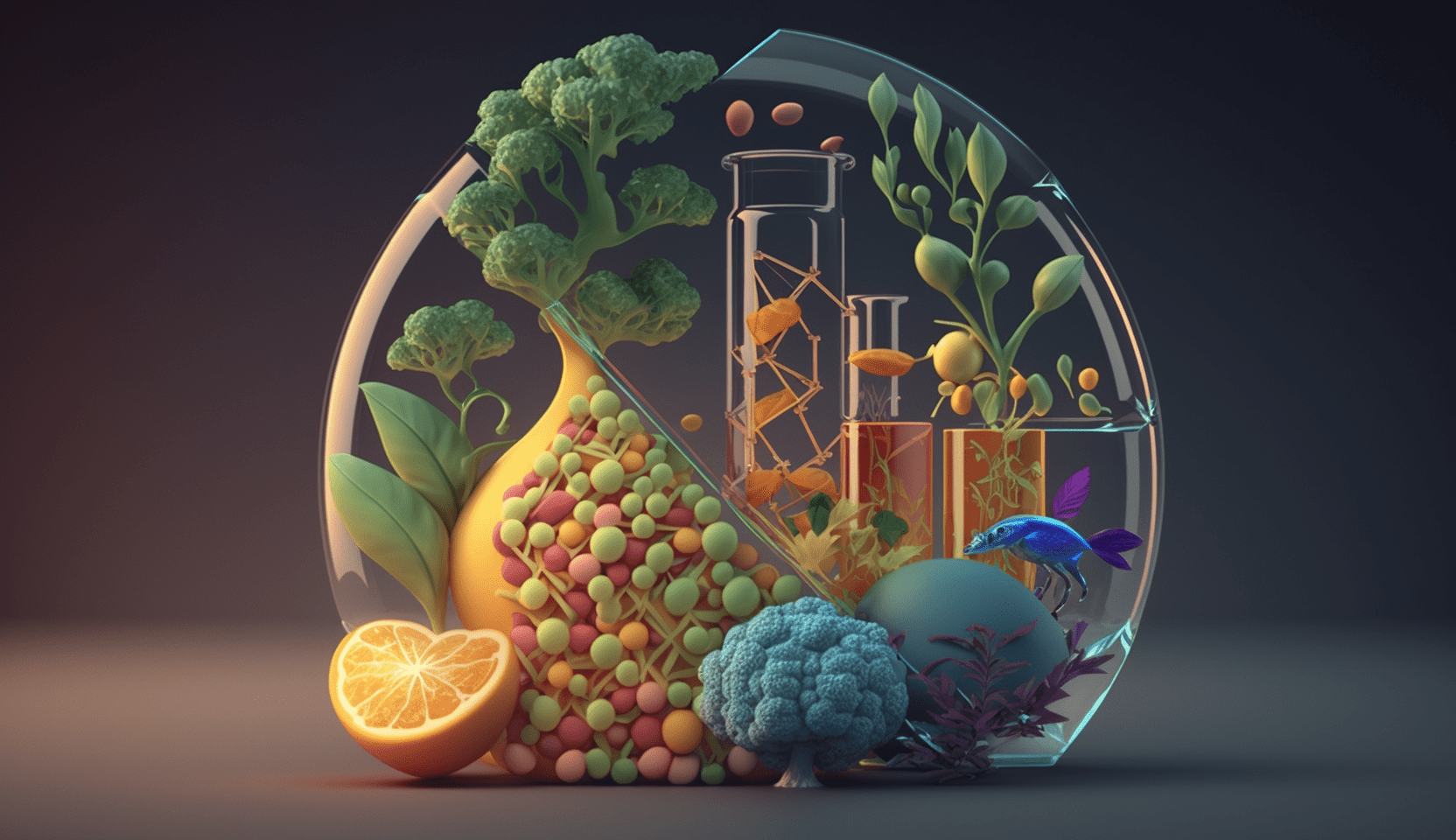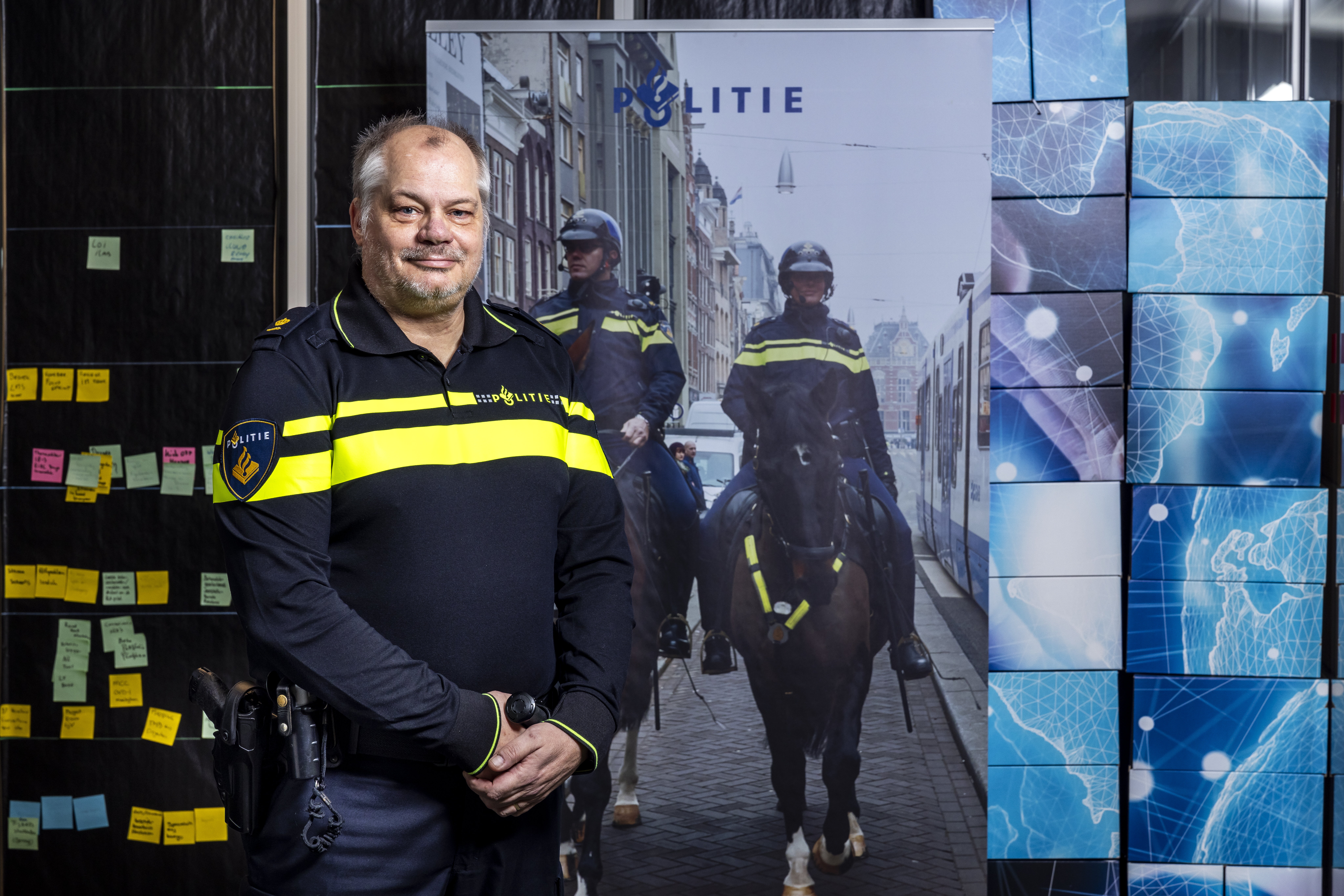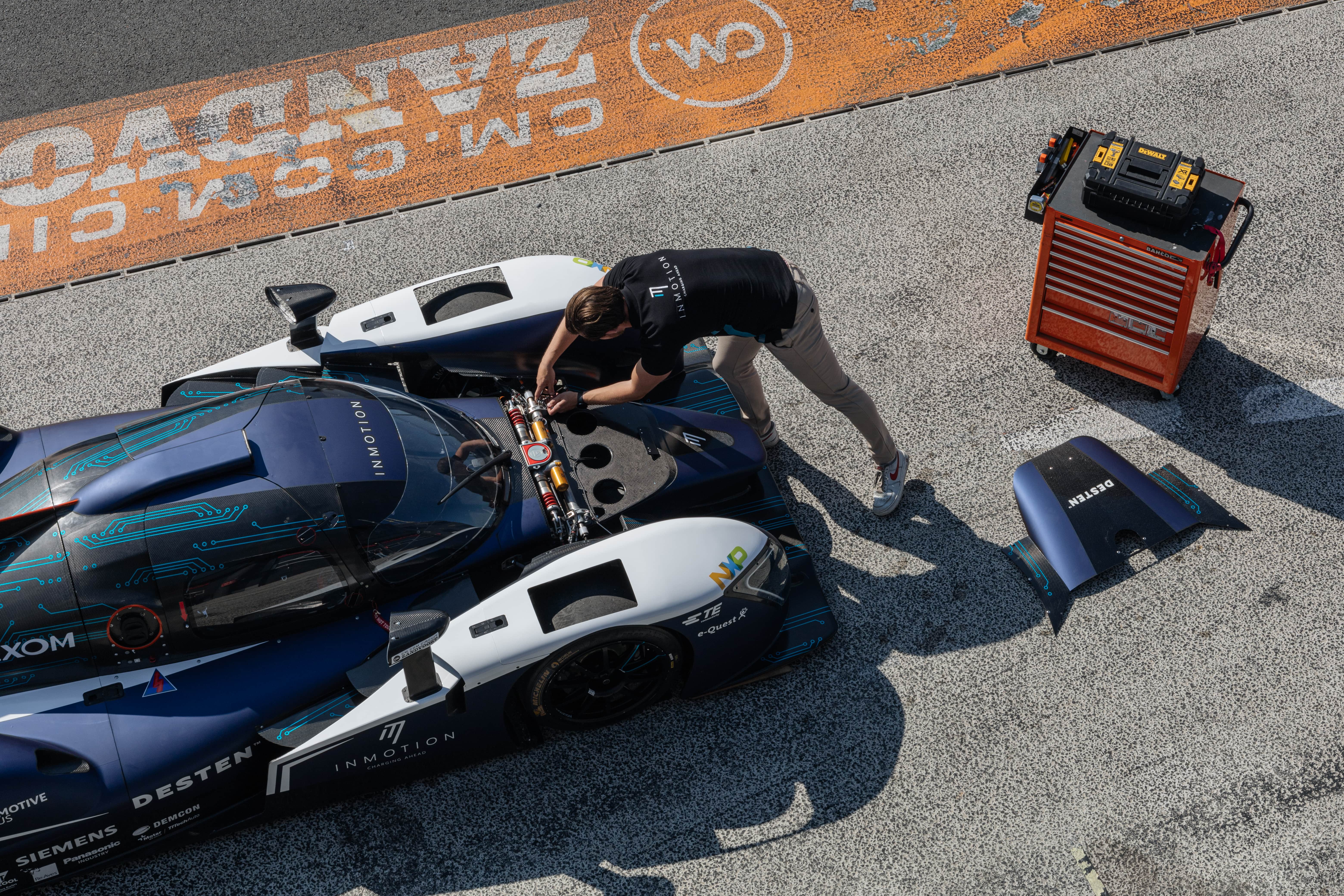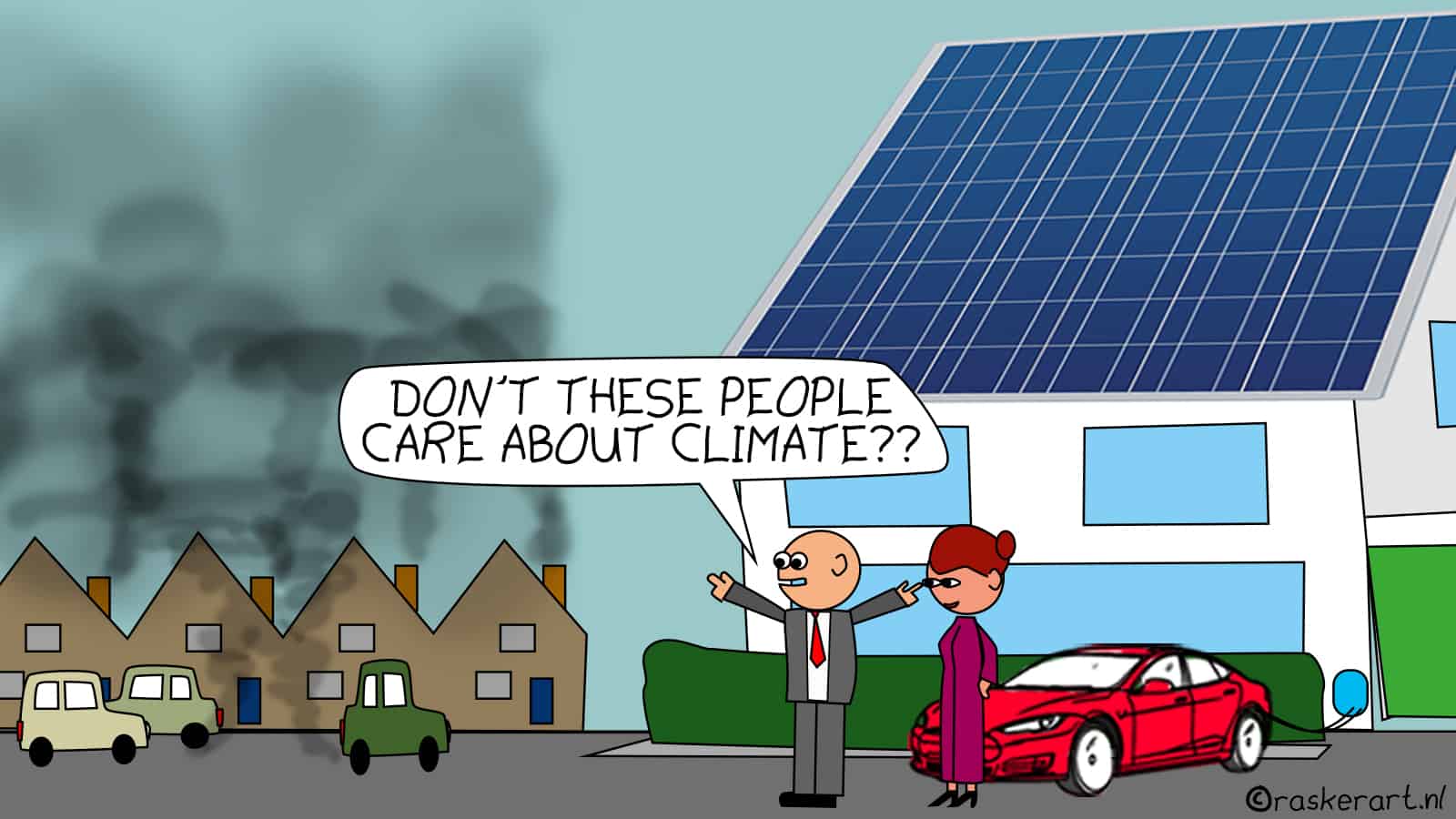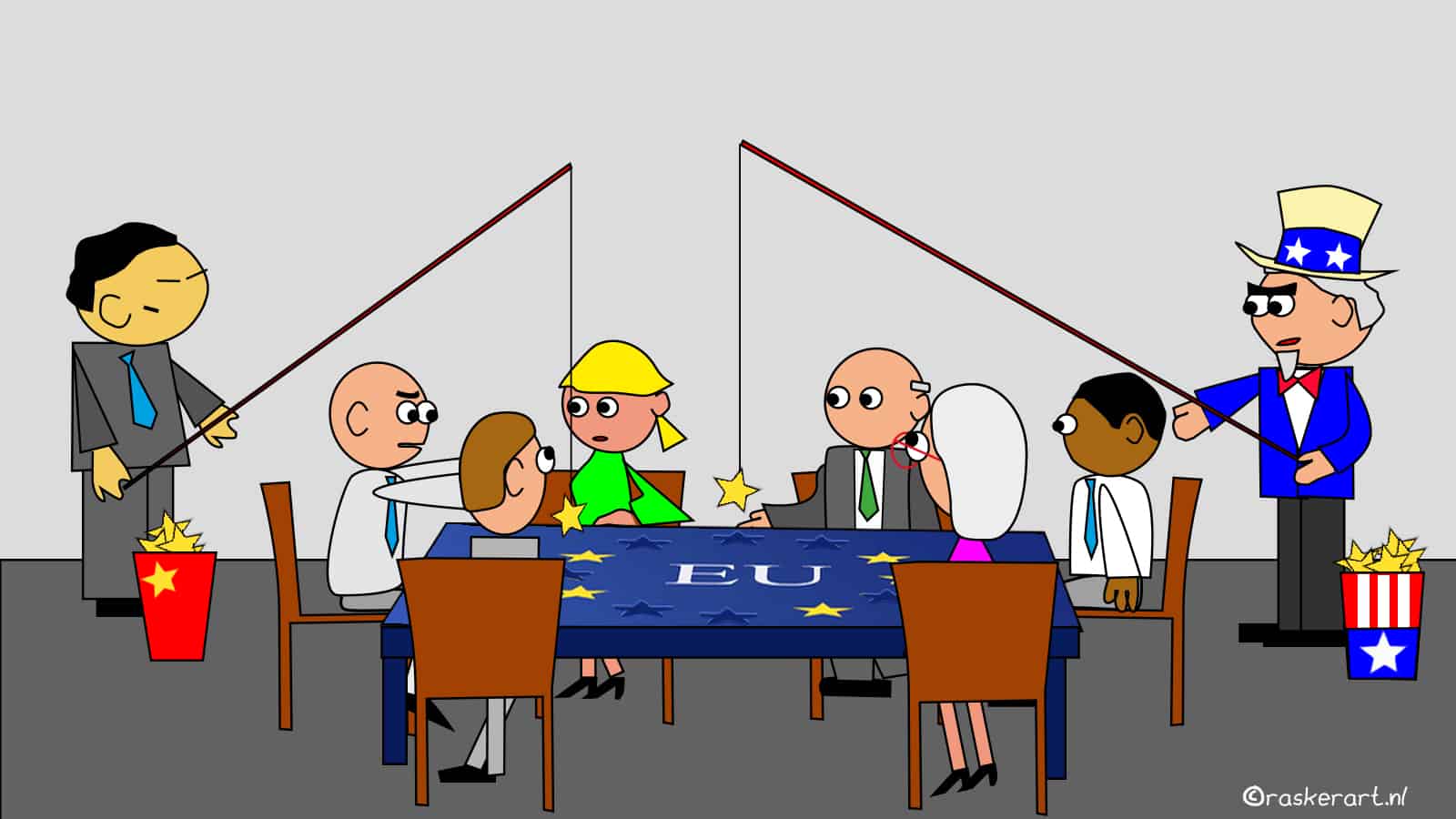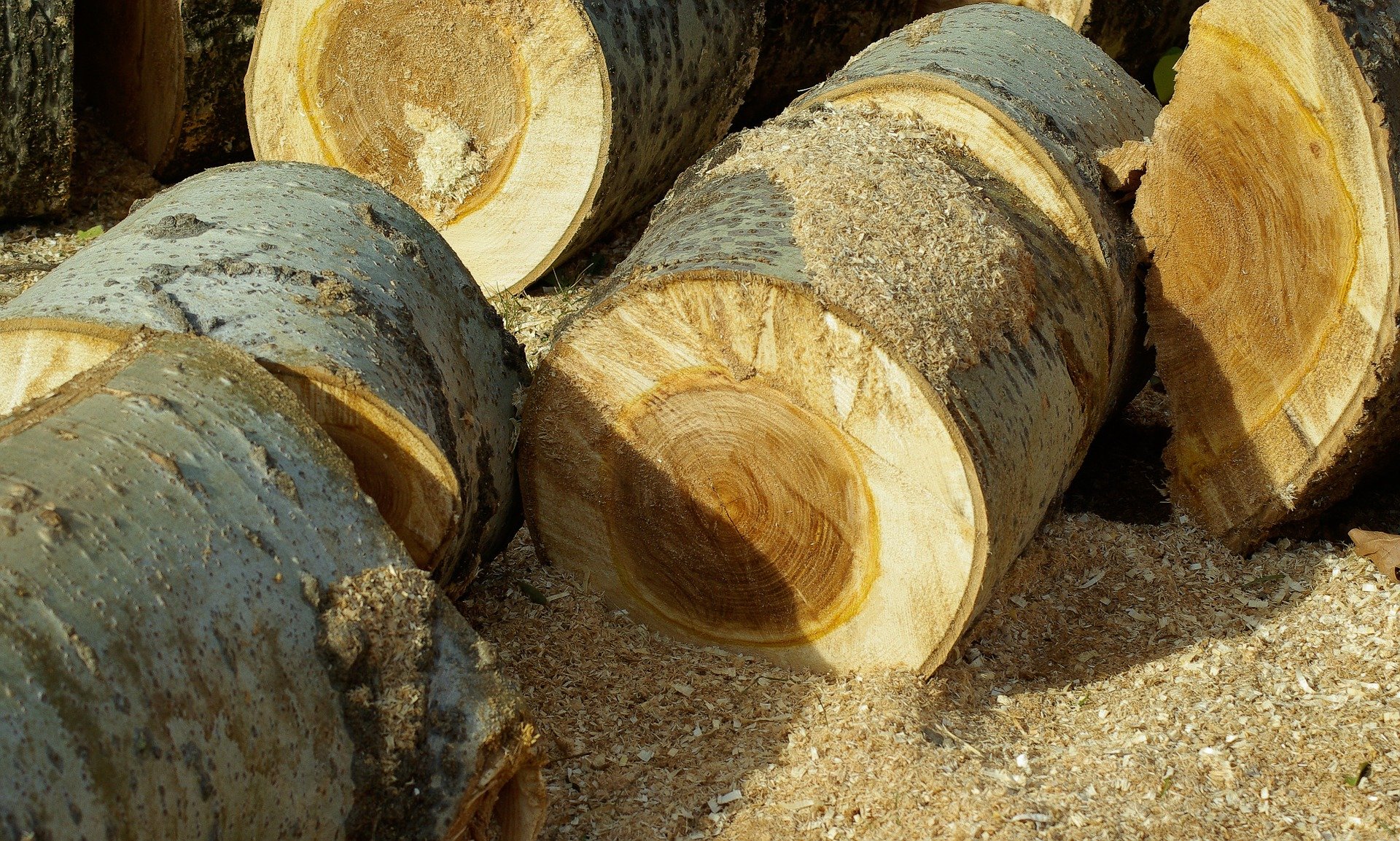
One of the best kept secrets in the Netherlands. That is what you could call the Brightlands Chemelot Campus in Geleen. It is the old site of De Staatsmijnen, (the Dutch State Mines). More commonly known as DSM, when Limburg was still big when coal mattered.
Nowadays it is a hotspot for green chemical technology and materials. The origins for this lie in the De Staatsmijnen laboratory that was built in 1940. The concrete entrance of the old main building is a reminder of the new business spirit of that period.
Besides coal, nitrogen was also extracted from gas, says Maurice Lambriex. He is the head of the Liaison Department at Brightlands Chemelot Campus. The nitrogen was used to make products such as synthetic fertilizer. Subsequently, the development of plastics from fossil fuels (like oil) dominated production at DSM for a very long time.
Inventing a new type of plastic
But this should be coming to an end now. In order to comply with the Paris Climate Accord, and to be entirely CO2-neutral by 2050, we need to do away with fossil raw materials as the basis for plastic.
So, to achieve this, start-ups are active on the campus that are attempting to extract oil from biological materials. These can then serve as raw materials for plastic. This type of plastic has to be capable of being recycled, so that on balance, no CO2 is released as a result of its manufacture. (If it does need to be burned because it is not recyclable, CO2 is then released. That is what the difference is).
One example of this is the pilot plant on campus where the Limburg start-up Vertoro (if you translate this from Spanish, it means something like ‘green gold‘) is distilling oil from wood.
Miniature factory
At the entrance to the room where the small factory is located (which is a miniature version of proper distillation factories that are normally dozens of meters high) there is a kind of a reception desk with about six computer screens behind it. No room for a receptionist, even if it does look like it should have one. “It is the control room of all the pilot plants in the complex, including the one at Vertoro,” Lambriex explains. Vertoro’s engineers control their factory from the computers behind that reception desk. The information is so classified that no photographs are allowed to be taken.
Vertoro makes lignin from scrap wood, a glue-like substance that serves as a basis for vegetable oil. Bags of sawdust are found here and there, the same sort that you could put in a rabbit hutch. Carbon molecules have to be connected to each other in the right way in the production process. “This already happens naturally in the case of fossil fuels. In essence, that’s also wood, which has become fossilized after millions of years.” The factory aims to imitate that process within a much shorter period of time.
The intention, according to Lambriex, is not that lignin oil should just be used as a fuel, as CO2 will still be released then, but as a biobased raw material for plastics that can be recycled.
Network comprising four fields of innovation
“If we want to produce things in a CO2-neutral way, we have to develop the technology to do that. This is what is being made here. The world must rely on Old Europe then. In China, they don’t have the specific knowledge needed to scale up either. The Chinese are knocking on our door to test out new processes in the pilot plant with a view to making raw materials.”
Who would have ever thought that about the small town of Geleen in the Dutch South Limburg province? Still, it is not surprising that the Chinese and Americans are interested in testing their highly secretive innovative chemical production processes there. In the first place, of course, that test facility is there. Which cost millions of euros. This was raised by the province of Limburg and the European Commission’s regional development fund, among other sources.
On top of that, the Chemelot campus and the pilot plant for the innovation of renewable raw materials are profiting from the knowledge network that includes the University of Maastricht, Eindhoven University of Technology and three other campuses in Limburg (all in the Netherlands). Apart from the Chemelot campus for chemistry, for example, there is also a campus for data technology in Heerlen, one for health sciences in Maastricht and one for plant cultivation in Venlo. All these Netherlands-based knowledge institutes work together on the development of new chemical technology.
The DSM industrial infrastructure
Another advantage of the Chemelot campus is that it is located on a site adjacent to large chemical plants of major corporations such as SABIC (formerly a division of DSM). This invariably means that there is an excellent industrial infrastructure that includes a continuous supply of raw materials.
One other advantage that all four Brightlands campuses have is their location in Limburg. Urbanization on the outskirts of the country is not likely to occur anytime soon. “They are located in the middle of the Euro region,” Lambriex points out. Close to Germany and Belgium, which is also reflected in the nationality of the people who work there. There is cooperation with the Technical University of Aachen in Germany as well,” Lambriex adds. ” On its own, the RWTH Aachen University is larger than the three technical universities of the Netherlands put together.”


